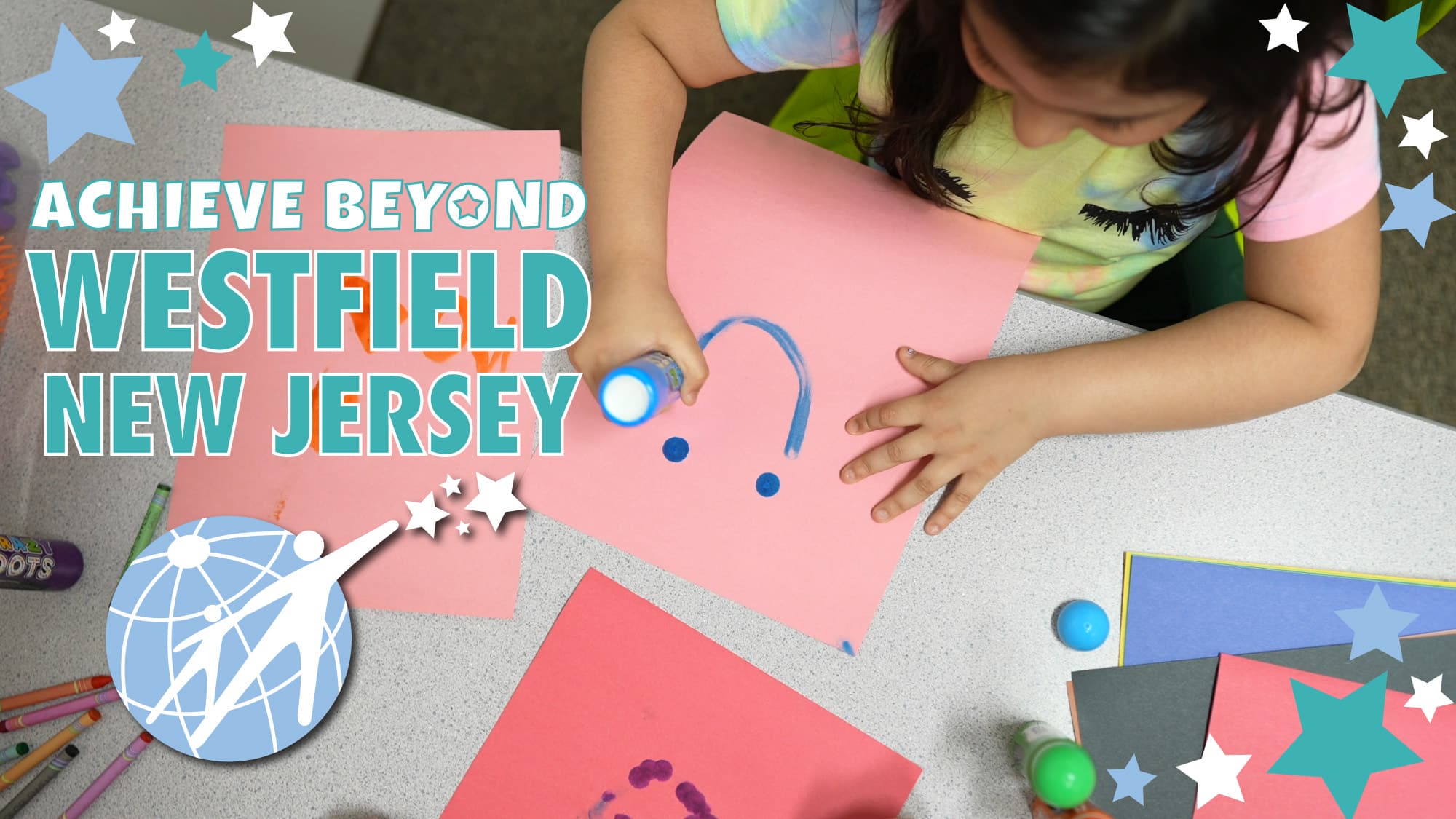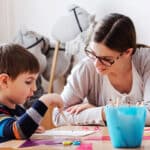L Words Speech Therapy Exercises
Written By: Michelle E. Sisto, MS CCC-SLP TSSLD S

Articulation is described as “the formation of clear and distinct sounds in speech”. When producing sounds, we use a variety of body parts known as “articulators”, that include the tongue, lips, upper teeth, alveolar ridge, the hard palate, velum , the uvula, the pharyngeal wall, and the glottis. Articulation occurs when the articulators are positioned in different ways that impact the configuration of the vocal tract and flow of air. Each sound is produced from a different area of the mouth, using different articulators, to help the sound be produced.
For the /l/ sound, it is made when you touch your tongue to the alveolar ridge, which is the bumpy part, at the roof of your mouth. Mastery of the /l/ sound usually occurs between the ages of 3 and 6, however, for some children, it is harder to master. When listening to your child speak, you may hear them substituting the /l/ sound for the /y/ sound, as in /yeyo/ instead of /yellow/. This is called “gliding”, which is typically suppressed by age 6, and it is suggested to contact a Speech Language Pathologist, if gliding persists past this age.
The /l/ sound poses some challenges for many kiddos, and luckily, there are many different exercises you can try at home that will help them start to work on those /l/ sounds!
Provide visual cues and models for your child!
When in the bathroom, have your child stand in front of the mirror and produce the /l/ sound by itself. The mirror provides visual feedback so they can see where they are placing their tongue, as they produce the target sound. They also can imitate the model you provide of /l/ production. This gives kids a visual that can support them in adjusting their tongue position for improved articulation.
In conjunction with the visual cues and models, tactile cues can also be provided.
If your child allows you to you can also take a tongue depressor, tooth brush, lollipop, or a gloved hand and touch the desired place of the alveolar ridge for the child to place their tongue, for extra tactile feedback and help them accurately place their tongue for more accurate /l/ production. With these cues, make sure your child is completely comfortable with tactile feedback, so as to not create a negative experience.
When teaching /l/, we can also have fun with food!
A fun trick that kiddos love to do is to place peanut butter or a cheerio on the alveolar ridge to help motivate the child to place their tongue in the desired spot, while producing the /l/ sound. This creates motivation and physical support, for the child, while learning where to place their tongue.
Teach /l/ in the articulation hierarchy
When teaching any sound, you want to start from the beginning. The hierarchy starts from isolation, where the child learns to produce /l, l, l/. Then, move to the syllable level, where the child learns to produce /lay/, /low/, /loo/, /lee/, and /lii/. Once syllables are mastered, you can start at the single word level. Starting with words that have /l/ in the beginning position, such as light, lemon, and leg. After this, the child can work on words that have /l/ in the final position, like tall, bell, and owl. Finally, words that have /l/ in the middle position, can be targeted, such as jello, melon, and hello. Following the single word level, phrases and sentences should be next, such as break a leg and Penny loves owls. The last area of the hierarchy is the conversational level, where /l/ is targeted in regular conversations to generalize the production of the /l/ sound and complete mastery.
When it comes to articulation and speech sounds disorders, the most important concept to remember is practice, practice, practice. It can become tedious and frustrating, but it doesn’t have to be! Create opportunities to embed practice in everyday activities, such as arts and crafts (coloring pictures that have /l/ in the label), baking (make chocolate lollipops and practice those /l/ sounds), or set up a lemonade stand on a hot day (plenty of practice there). Above all else, don’t give up! You got this!
Date Posted:
March 21, 2023
Share this blog
Categories
Recent Blog Posts
-
A Day in the Life of an Early Intervention Speech Therapist
-
What Does an Early Childhood Speech Therapist Do?
-
Behavior Therapists: A Career Merging the Science of Learning with Fun and Compassion
-
 A Day in the Life of a Home-Based Early Intervention Provider
A Day in the Life of a Home-Based Early Intervention Provider -
 Enhancing ABA Therapy with Compassionate Care: Empowering Individuals through Positive Reinforcement
Enhancing ABA Therapy with Compassionate Care: Empowering Individuals through Positive Reinforcement






